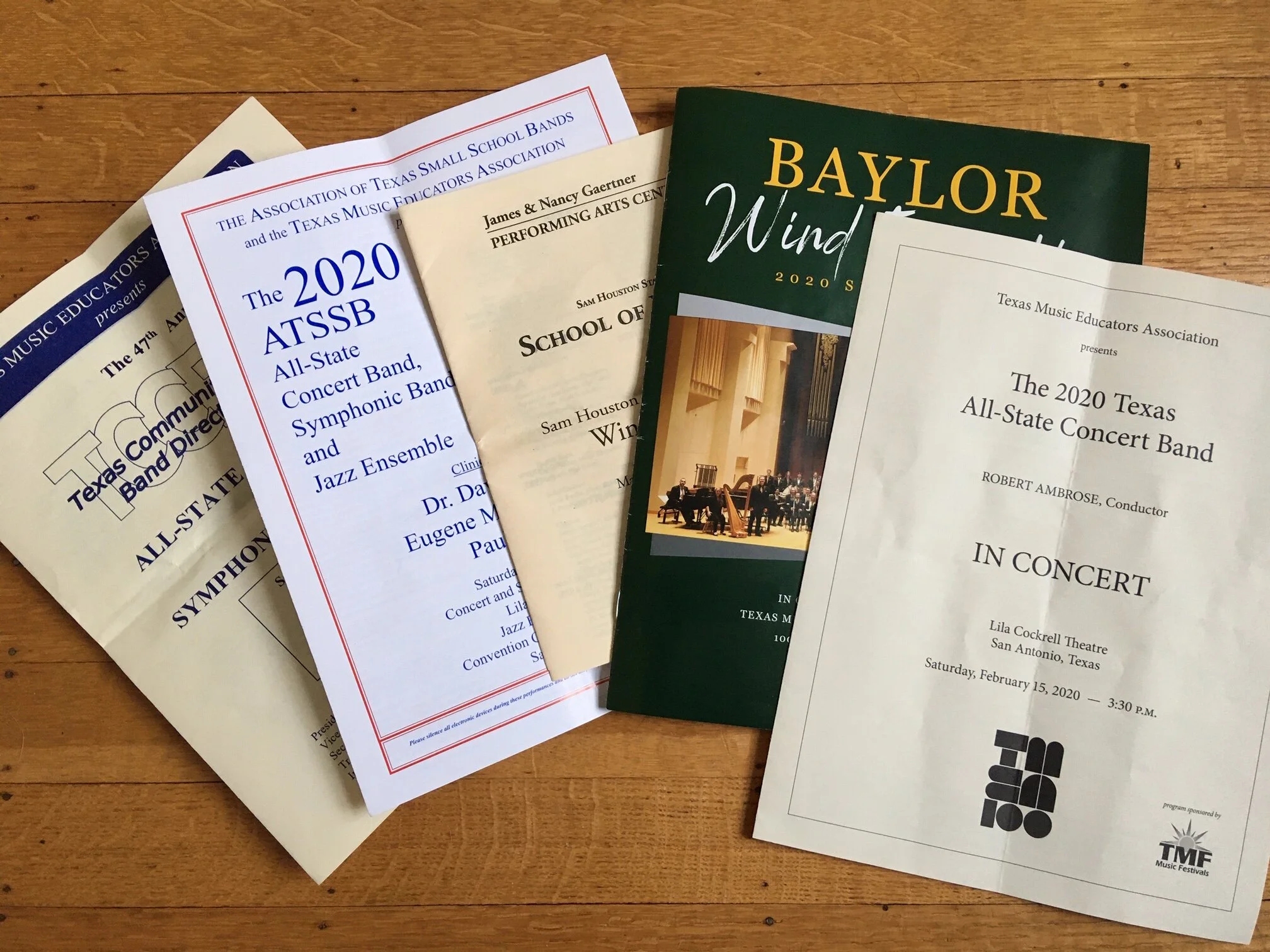
Hi, I’m Steve—
Composer and educator based in Rochester, NY. I write music for wind band, orchestra, chamber groups, choir, and everything in between. Read more about me >>
Looking for something specific? Start here:

O Come, O Come, Emmanuel - New Arrangement for Flexible Instrumentation Now Available
We've started listening to Christmas music in our house (Yes, it’s October) - there's just too much good music to listen to in one month! In that spirit, I'm pleased to announce the release of a new arrangement of O Come, O Come, Emmanuel, scored for 8-part flexible instrumentation with optional piano and percussion.
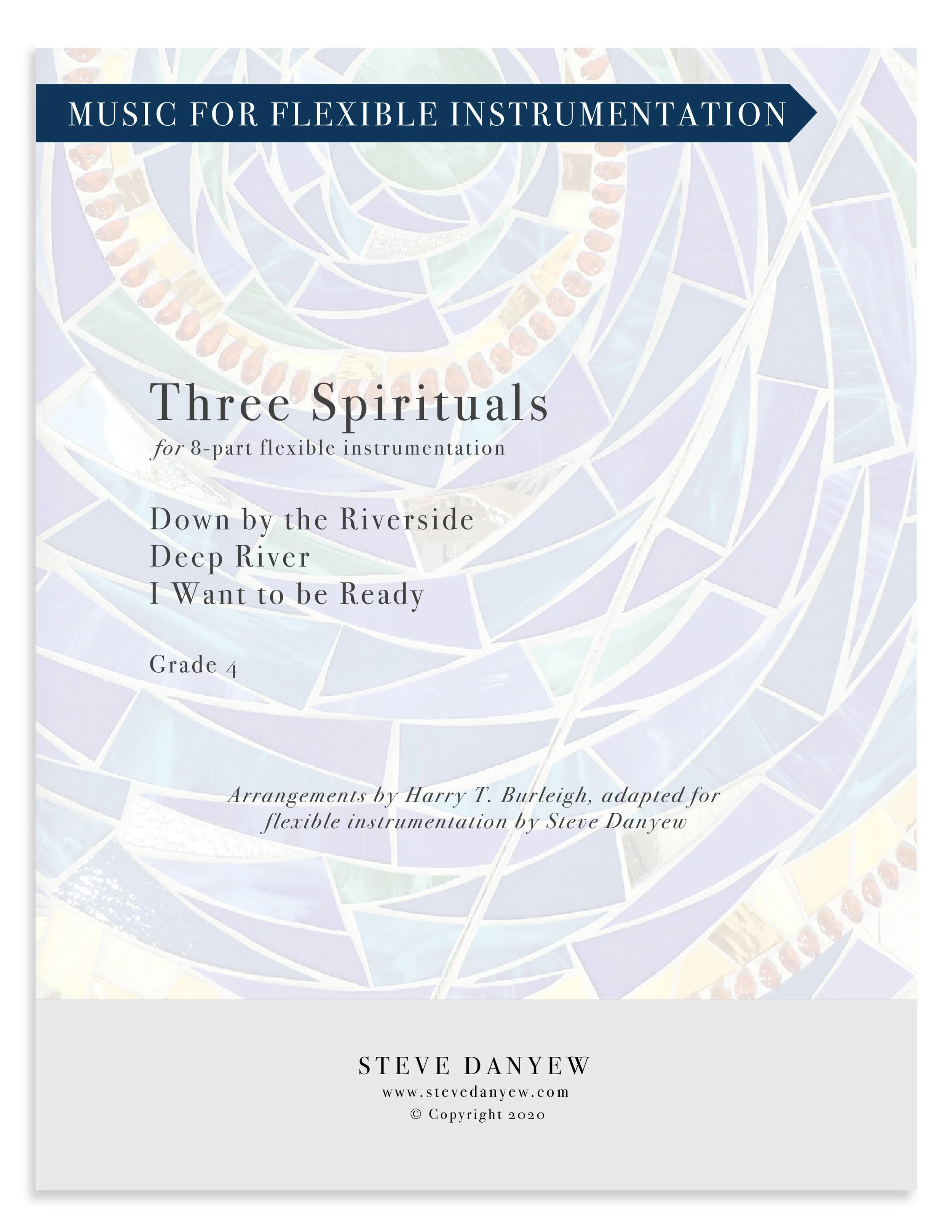
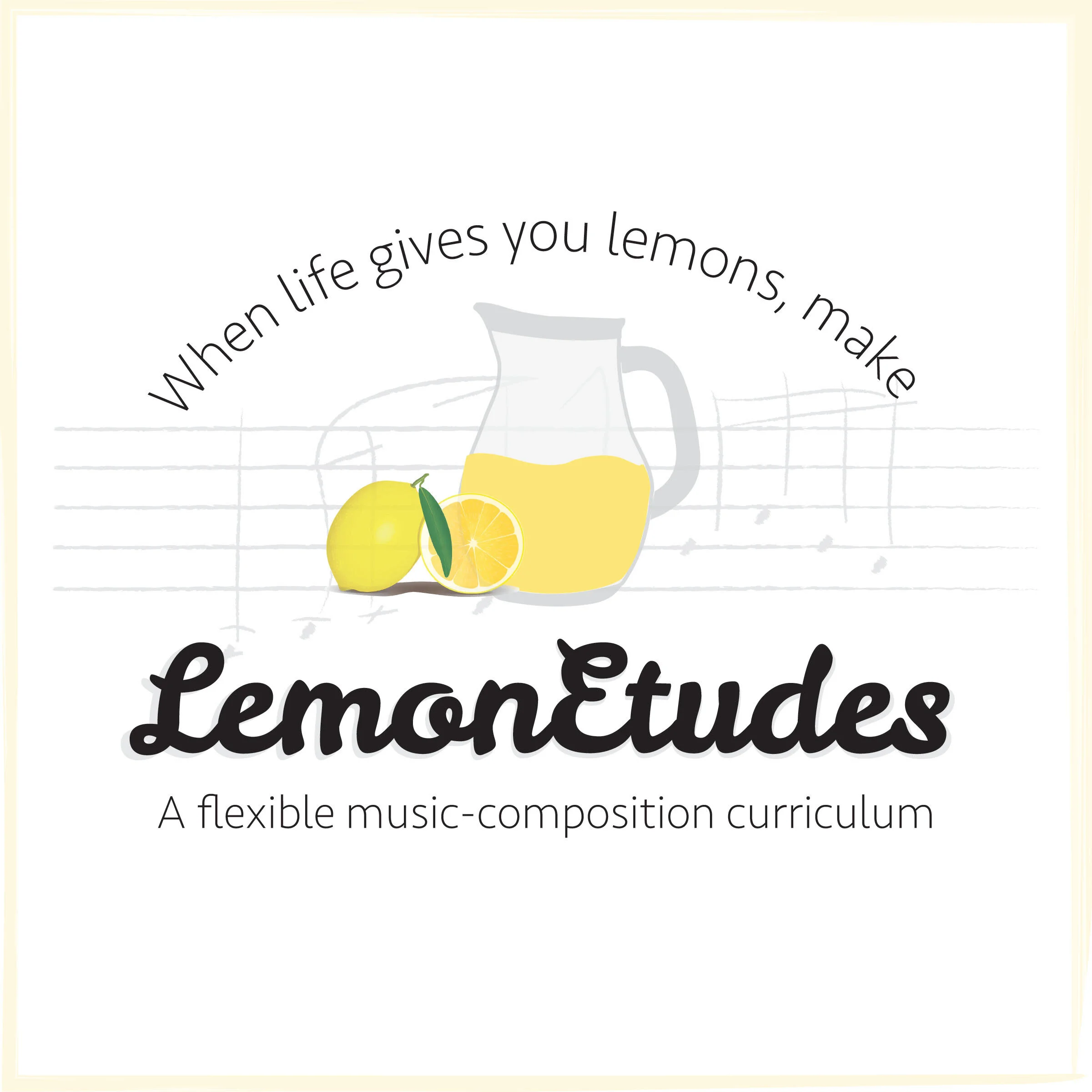
LemonEtudes Composition Curriculum Now Available! 🍋
It’s here! I’m super excited to release LemonEtudes, a brand new 4-week composition curriculum supplement that guides students through the process of improvising motives and composing an original etude for their instrument.
See all the details, peek inside the curriculum, and view preview videos here >>
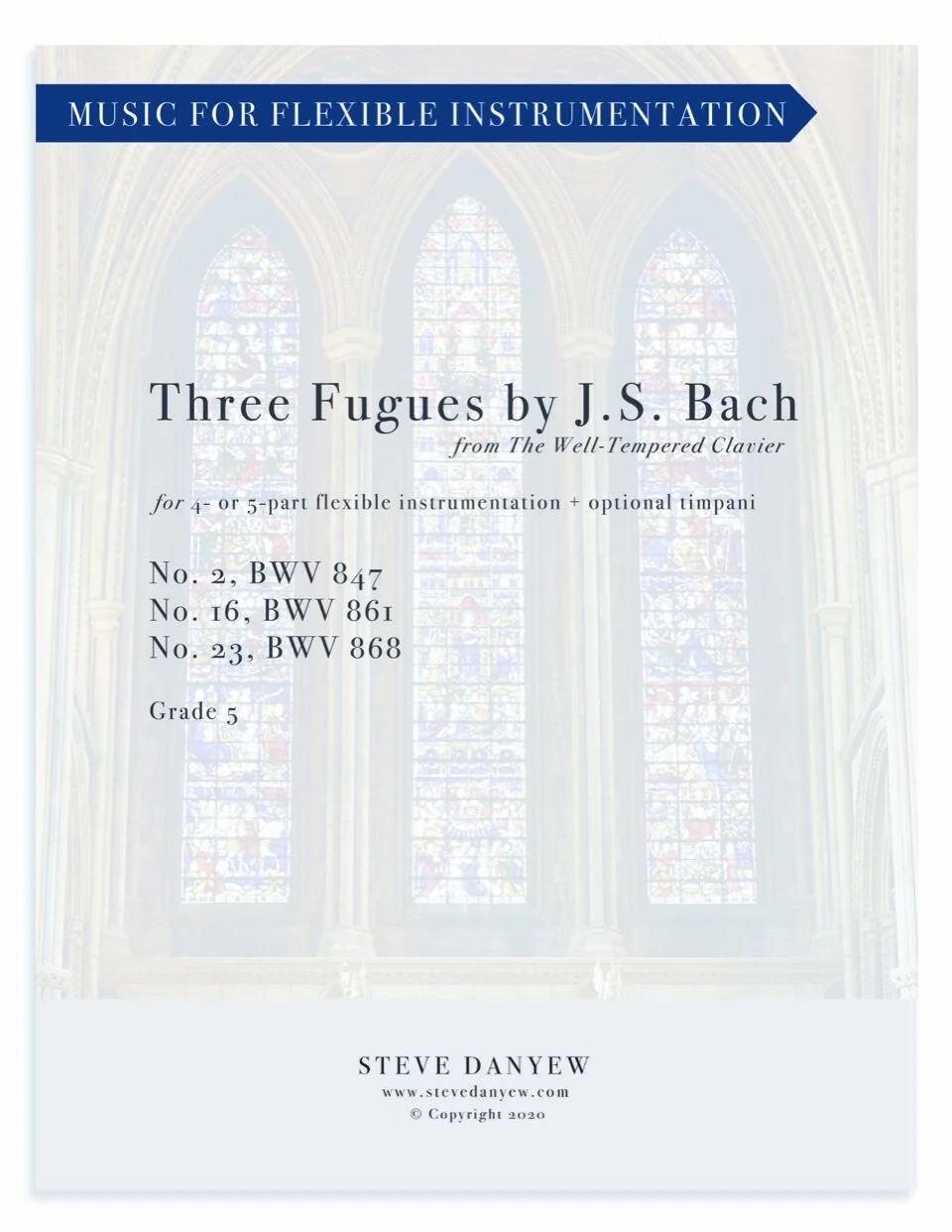
"Three Fugues by J.S. Bach" for Flexible Instrumentation Now Available!
My second collection of music for flexible instrumentation is here! The first collection was “Three Tallis Melodies,” and now I’m excited to share “Three Fugues by J.S. Bach.”
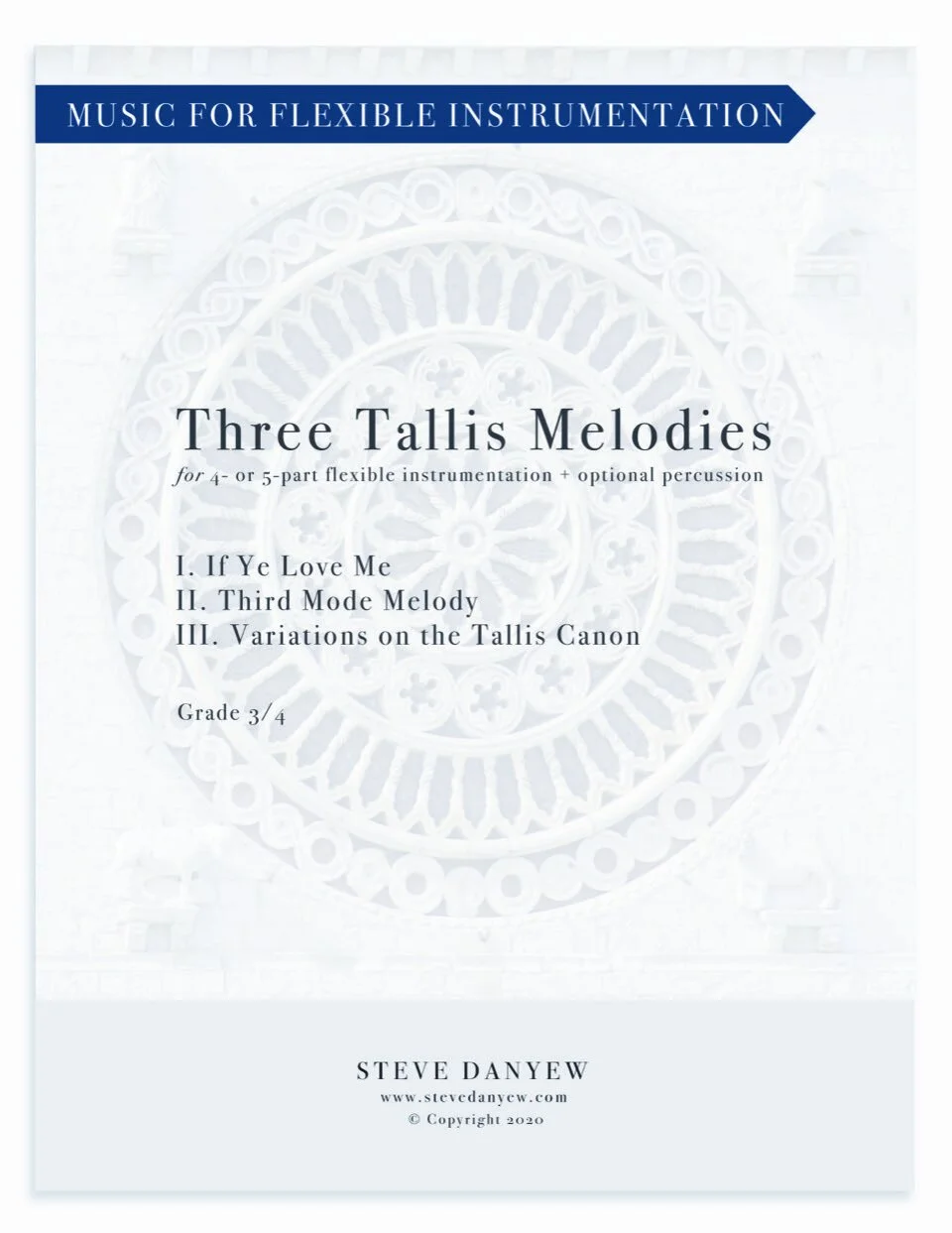

Music for Flexible Instrumentations - Three Tallis Melodies
Come fall, it seems possible that music educators may find themselves in rehearsal rooms with smaller and less-standard ensembles. What music can work with a variety of instrumentations and sizes?
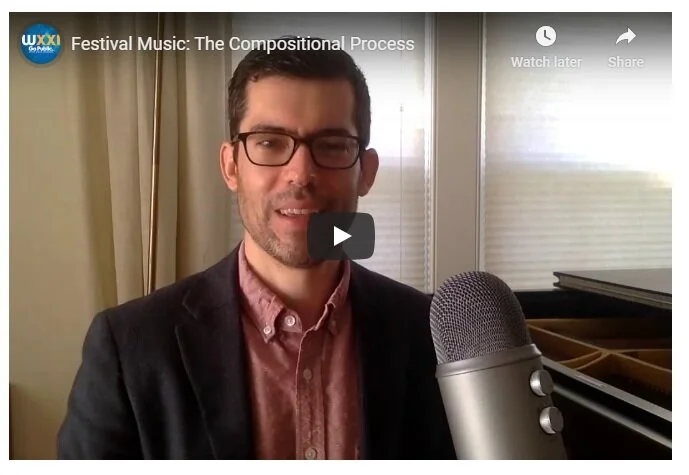
WXXI Behind-the-Scenes Video: The Composition Process Behind "Festival Music"
In March of this year, I wrote a 2-minute brass fanfare to celebrate the 100th anniversary of the Eastman School of Music. Rochester’s classical radio station, WXXI released a video about the project that shows my compositional process. Enjoy!
